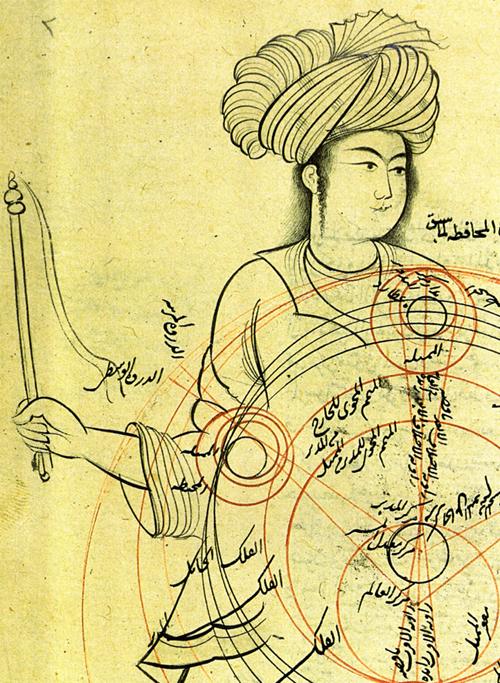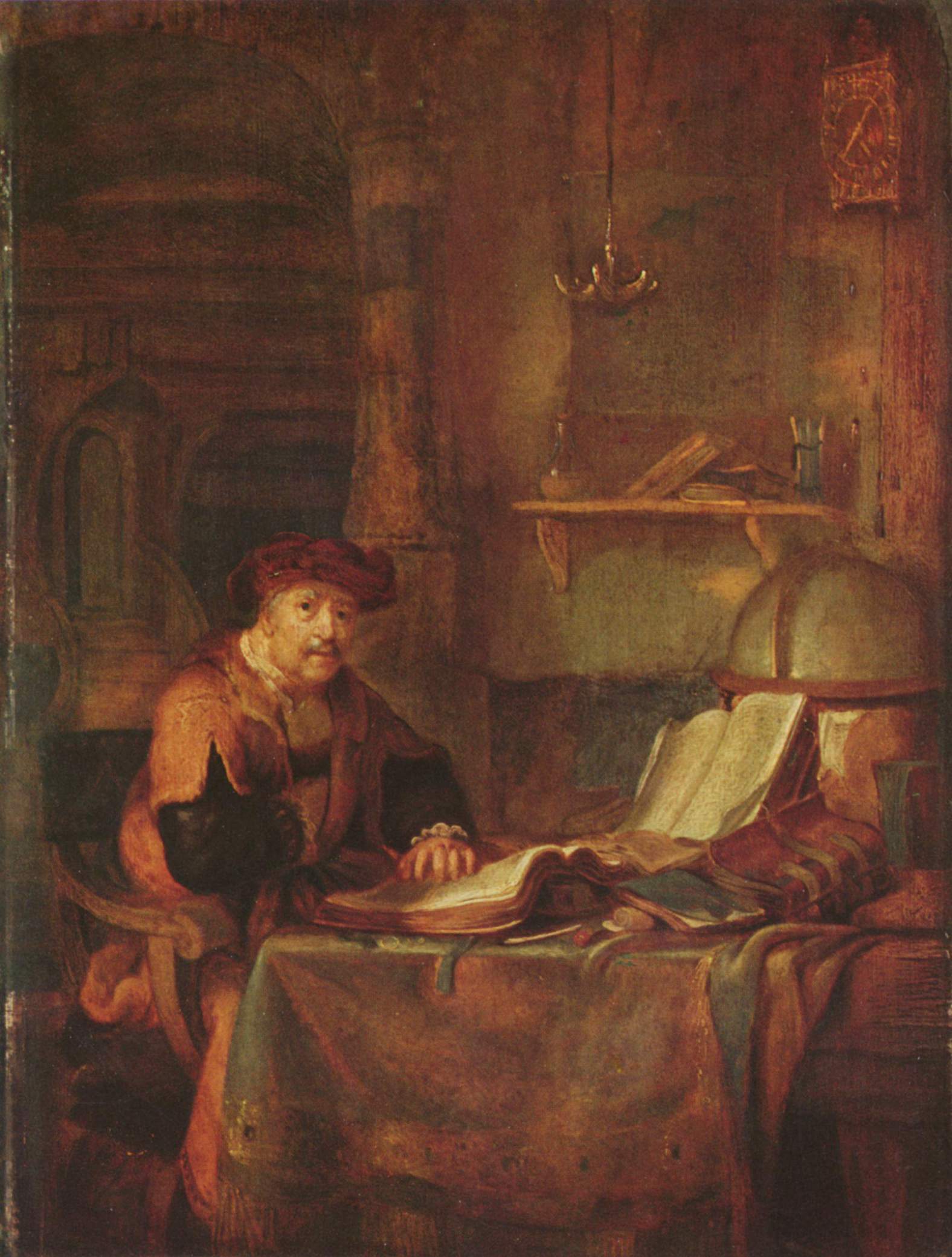|
Al-Fadl Ibn Naubakht
Al-Fadl ibn Naubakht, (also written Nowbakht), was an 8th-century Persian scholar at the court of the Caliph Harun al-Rashid. He was son of the famous Naubakht, a former Zoroastrian, who had designed the House of Wisdom The House of Wisdom ( ar, بيت الحكمة, Bayt al-Ḥikmah), also known as the Grand Library of Baghdad, refers to either a major Abbasid public academy and intellectual center in Baghdad or to a large private library belonging to the Abba .... He was appointed as a scholar at the court of Caliph Harun al-Rashid. See also * List of Iranian scientists References Year of birth missing 8th-century deaths Medieval Iranian librarians Medieval Iranian astrologers Scholars from the Abbasid Caliphate 8th-century Iranian people 8th-century astrologers 8th-century translators 8th-century Arabic writers 8th-century people from the Abbasid Caliphate 8th-century writers {{library-bio-stub ... [...More Info...] [...Related Items...] OR: [Wikipedia] [Google] [Baidu] |
Harun Al-Rashid
Abu Ja'far Harun ibn Muhammad al-Mahdi ( ar , أبو جعفر هارون ابن محمد المهدي) or Harun ibn al-Mahdi (; or 766 – 24 March 809), famously known as Harun al-Rashid ( ar, هَارُون الرَشِيد, translit=Hārūn al-Rashīd) was the fifth Abbasid caliph of the Abbasid Caliphate, reigning from September 786 until his death. His reign is traditionally regarded to be the beginning of the Islamic Golden Age. His epithet "al-Rashid" translates to "the Orthodox", "the Just", "the Upright", or "the Rightly-Guided". Harun established the legendary library Bayt al-Hikma ("House of Wisdom") in Baghdad in present-day Iraq, and during his rule Baghdad began to flourish as a world center of knowledge, culture and trade. During his rule, the family of Barmakids, which played a deciding role in establishing the Abbasid Caliphate, declined gradually. In 796, he moved his court and government to Raqqa in present-day Syria. A Frankish mission came to offer ... [...More Info...] [...Related Items...] OR: [Wikipedia] [Google] [Baidu] |
Naubakht
Nobakht Ahvazi ( fa, نوبخت اهوازى), also spelled Naubakht Ahvaz and Naubakht, along with his sons were astrologers from Ahvaz (in the present-day Khuzestan Province, Iran) who lived in the 8th and 9th centuries AD. Nobakht was particularly famous for having led a group of astrologers who picked an auspicious electional chart for the founding of Baghdad. His family also helped design the city. Originally Zoroastrians,Islam's Contribution to Science By Husain Muzzafar, S. Muzaffar Husain, pg. 31 Nobakht and his sons converted to Islam and were employed as Pahlavi translators of the Abbasid court. Life as a court astrologer Nawbakht was the most prominent among 'Abbasid caliph al-Mansur's court astrologers. He rose to this position after having successfully predicted al-Mansur's rise to power as a caliph.Labarta, Ana, “Nawbakht”, in: ''Encyclopaedia of Islam, THREE'', Edited by: Kate Fleet, Gudrun Krämer, Denis Matringe, John Nawas, Everett Rowson. Consult ... [...More Info...] [...Related Items...] OR: [Wikipedia] [Google] [Baidu] |
House Of Wisdom
The House of Wisdom ( ar, بيت الحكمة, Bayt al-Ḥikmah), also known as the Grand Library of Baghdad, refers to either a major Abbasid public academy and intellectual center in Baghdad or to a large private library belonging to the Abbasid caliphs during the Islamic Golden Age. The House of Wisdom was founded either as a library for the collections of the Caliph Harun al-Rashid in the late 8th century (then later turned into a public academy during the reign of al-Ma'mun) or was a private collection created by al-Mansur (reign 754–775) to house rare books and collections of poetry in Arabic. The House of Wisdom and its contents were destroyed in the Siege of Baghdad in 1258, leaving relatively limited archaeological evidence for the House of Wisdom, such that most knowledge about it is derived from the works of contemporary scholars of the era such as al-Tabari and Ibn al-Nadim. Background The House of Wisdom existed as a part of the major Translation Movement ta ... [...More Info...] [...Related Items...] OR: [Wikipedia] [Google] [Baidu] |
List Of Iranian Scientists
The following is a non-comprehensive list of Iranian scientists, engineers, and scholars who lived from antiquity up until the beginning of the modern age. For the modern era, see List of contemporary Iranian scientists, scholars, and engineers. For mathematicians of any era, see List of Iranian mathematicians. (A person may appear on two lists, e.g. Abū Ja'far al-Khāzin.) A * Abdul Qadir Gilani (12th century) theologian and philosopher * Abu al-Qasim Muqane'i (10th century) physician * Abu Dawood (c. 817–889), Islamic scholar * Abu Hanifa (699–767), Islamic scholar * Abu Said Gorgani (10th century) * 'Adud al-Dawla (936–983), scientific patron * Ahmad ibn Farrokh (12th century), physician * Ahmad ibn 'Imad al-Din (11th century), physician and chemist * Alavi Shirazi (1670–1747), royal physician to Mughal Empire of South Asia * Amuli, Muhammad ibn Mahmud (c. 1300–1352), physician * Abū Ja'far al-Khāzin (900–971), mathematician and astronomer * Ansari ... [...More Info...] [...Related Items...] OR: [Wikipedia] [Google] [Baidu] |
Year Of Birth Missing
A year or annus is the orbital period of a planetary body, for example, the Earth, moving in its orbit around the Sun. Due to the Earth's axial tilt, the course of a year sees the passing of the seasons, marked by change in weather, the hours of daylight, and, consequently, vegetation and soil fertility. In temperate and subpolar regions around the planet, four seasons are generally recognized: spring, summer, autumn and winter. In tropical and subtropical regions, several geographical sectors do not present defined seasons; but in the seasonal tropics, the annual wet and dry seasons are recognized and tracked. A calendar year is an approximation of the number of days of the Earth's orbital period, as counted in a given calendar. The Gregorian calendar, or modern calendar, presents its calendar year to be either a common year of 365 days or a leap year of 366 days, as do the Julian calendars. For the Gregorian calendar, the average length of the calendar ye ... [...More Info...] [...Related Items...] OR: [Wikipedia] [Google] [Baidu] |
8th-century Deaths
The 8th century is the period from 701 ( DCCI) through 800 ( DCCC) in accordance with the Julian Calendar. The coast of North Africa and the Iberian Peninsula quickly came under Islamic Arab domination. The westward expansion of the Umayyad Empire was famously halted at the siege of Constantinople by the Byzantine Empire and the Battle of Tours by the Franks. The tide of Arab conquest came to an end in the middle of the 8th century.Roberts, J., '' History of the World'', Penguin, 1994. In Europe, late in the century, the Vikings, seafaring peoples from Scandinavia, begin raiding the coasts of Europe and the Mediterranean, and go on to found several important kingdoms. In Asia, the Pala Empire is founded in Bengal. The Tang dynasty reaches its pinnacle under Chinese Emperor Xuanzong. The Nara period begins in Japan. Events * Estimated century in which the poem Beowulf is composed. * Classical Maya civilization begins to decline. * The Kombumerri burial grounds are fo ... [...More Info...] [...Related Items...] OR: [Wikipedia] [Google] [Baidu] |
Medieval Iranian Librarians
In the history of Europe, the Middle Ages or medieval period lasted approximately from the late 5th to the late 15th centuries, similar to the post-classical period of global history. It began with the fall of the Western Roman Empire and transitioned into the Renaissance and the Age of Discovery. The Middle Ages is the middle period of the three traditional divisions of Western history: classical antiquity, the medieval period, and the modern period. The medieval period is itself subdivided into the Early, High, and Late Middle Ages. Population decline, counterurbanisation, the collapse of centralized authority, invasions, and mass migrations of tribes, which had begun in late antiquity, continued into the Early Middle Ages. The large-scale movements of the Migration Period, including various Germanic peoples, formed new kingdoms in what remained of the Western Roman Empire. In the 7th century, North Africa and the Middle East—most recently part of the Eastern Roman ... [...More Info...] [...Related Items...] OR: [Wikipedia] [Google] [Baidu] |
Scholars From The Abbasid Caliphate
A scholar is a person who pursues academic and intellectual activities, particularly academics who apply their intellectualism into expertise in an area of study. A scholar can also be an academic, who works as a professor, teacher, or researcher at a university. An academic usually holds an advanced degree or a terminal degree, such as a master's degree or a doctorate (PhD). Independent scholars, such as philosophers and public intellectuals, work outside of the academy, yet publish in academic journals and participate in scholarly public discussion. Definitions In contemporary English usage, the term ''scholar'' sometimes is equivalent to the term ''academic'', and describes a university-educated individual who has achieved intellectual mastery of an academic discipline, as instructor and as researcher. Moreover, before the establishment of universities, the term ''scholar'' identified and described an intellectual person whose primary occupation was professional research. In 1 ... [...More Info...] [...Related Items...] OR: [Wikipedia] [Google] [Baidu] |
8th-century Iranian People
The 8th century is the period from 701 ( DCCI) through 800 ( DCCC) in accordance with the Julian Calendar. The coast of North Africa and the Iberian Peninsula quickly came under Islamic Arab domination. The westward expansion of the Umayyad Empire was famously halted at the siege of Constantinople by the Byzantine Empire and the Battle of Tours by the Franks. The tide of Arab conquest came to an end in the middle of the 8th century.Roberts, J., ''History of the World'', Penguin, 1994. In Europe, late in the century, the Vikings, seafaring peoples from Scandinavia, begin raiding the coasts of Europe and the Mediterranean, and go on to found several important kingdoms. In Asia, the Pala Empire is founded in Bengal. The Tang dynasty reaches its pinnacle under Chinese Emperor Xuanzong. The Nara period begins in Japan. Events * Estimated century in which the poem Beowulf is composed. * Classical Maya civilization begins to decline. * The Kombumerri burial grounds are founded. * ... [...More Info...] [...Related Items...] OR: [Wikipedia] [Google] [Baidu] |
8th-century Astrologers
The 8th century is the period from 701 (Roman numerals, DCCI) through 800 (Roman numerals, DCCC) in accordance with the Julian Calendar. The coast of North Africa and the Iberian Peninsula quickly came under Islamic Arab domination. The westward expansion of the Umayyad Caliphate, Umayyad Empire was famously halted at the Siege of Constantinople (718), siege of Constantinople by the Byzantine Empire and the Battle of Tours by the Franks. The tide of Arab conquest came to an end in the middle of the 8th century.Roberts, J., ''History of the World'', Penguin, 1994. In Europe, late in the century, the Vikings, seafaring peoples from Scandinavia, begin raiding the coasts of Europe and the Mediterranean, and go on to found several important Monarchy, kingdoms. In Asia, the Pala Empire is founded in Bengal. The Tang dynasty reaches its pinnacle under China, Chinese Emperor Xuanzong of Tang, Emperor Xuanzong. The Nara period begins in Japan. Events * Estimated century in which the p ... [...More Info...] [...Related Items...] OR: [Wikipedia] [Google] [Baidu] |







